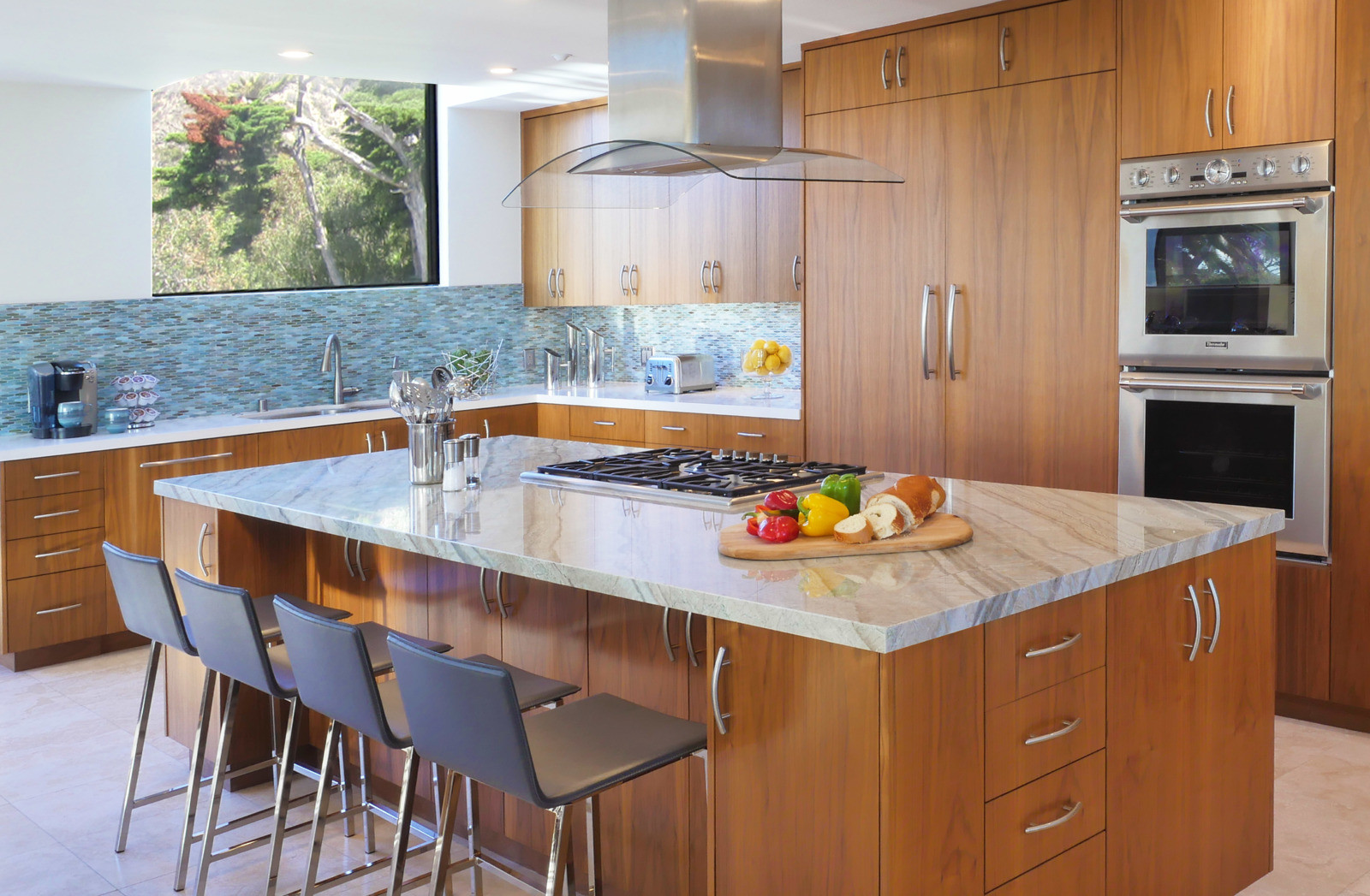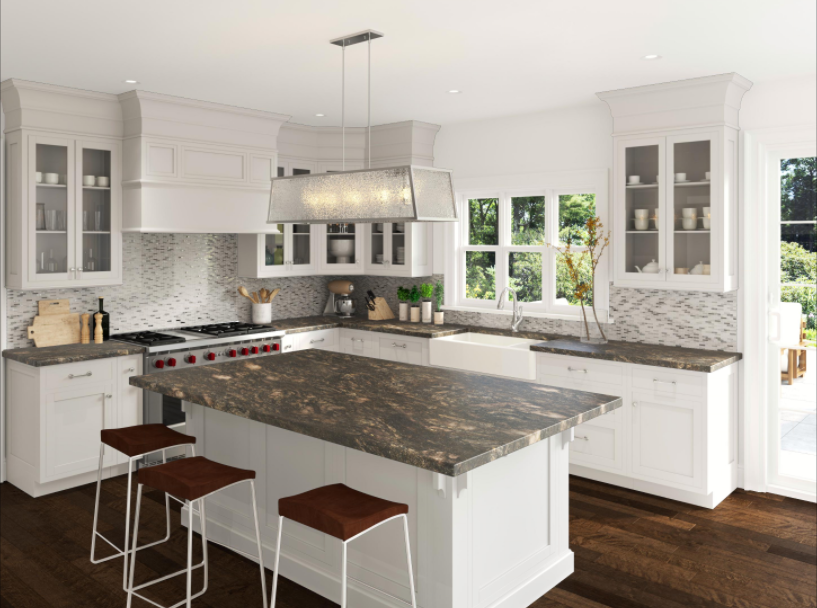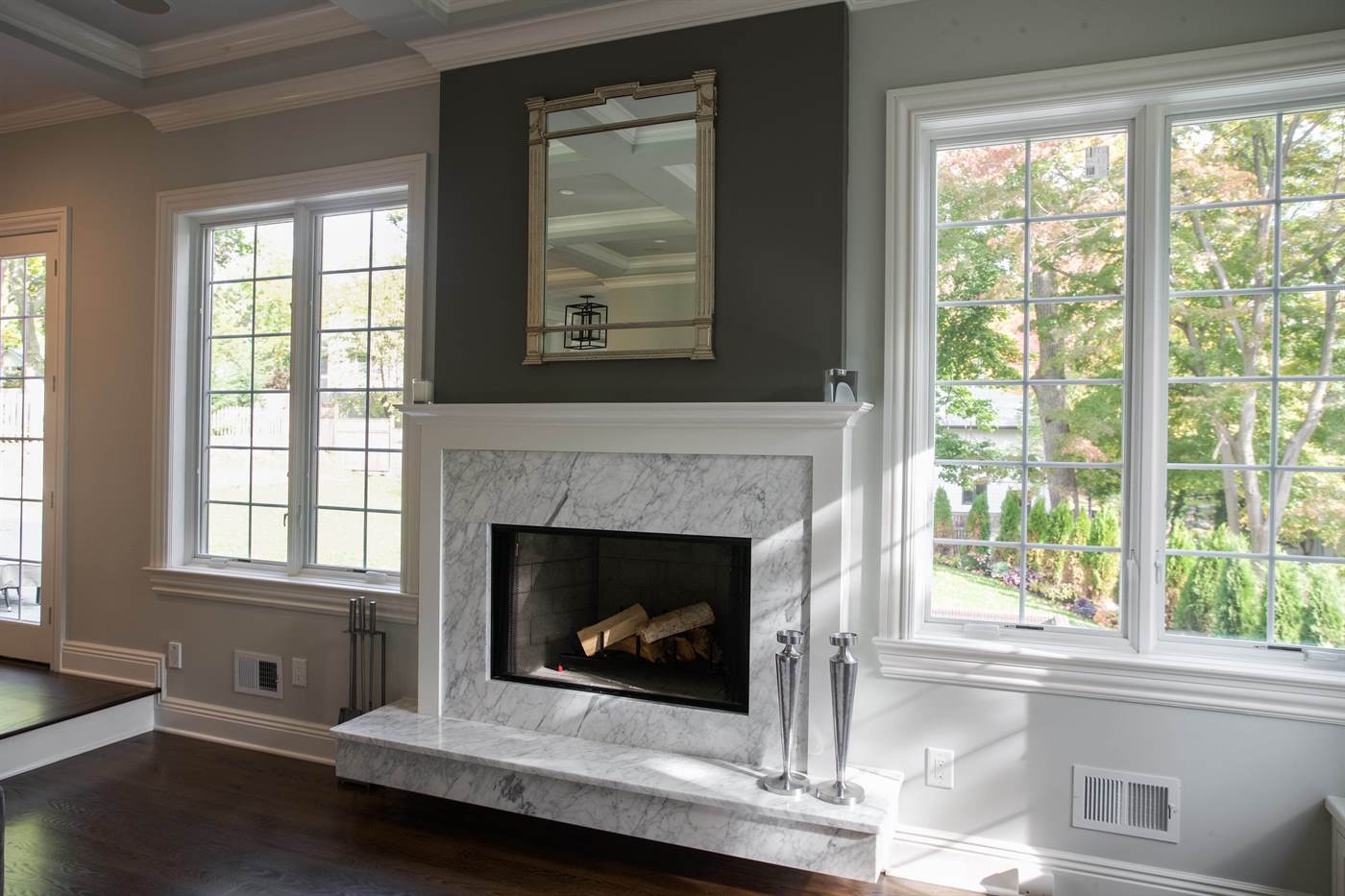
The day has finally arrived for your new granite countertops to be installed. You did all the proper research, you made a proper budget for the installation and labor, you know exactly what type of stone you are getting and the dimensions for it.
The only thing left to do is wait for the granite laborers to come in and install the countertop, right? Well, before they show up, you should get your cabinets ready for the installation process.
Preparing cabinets for granite countertop installation is more than just making sure they stay closed. There are a few key responsibilities you should do to make sure the installation process is as smooth as possible. Before the granite arrives, make sure to perform these steps to make sure your cabinets are safe and secure.
Preparing Cabinets for Granite Countertops
Clear the Cabinets
The installation process can be a messy and hazardous situation. Granite can be very heavy, and the wrong movement can knock a dip or pan over. Before the granite arrives, take out anything delicate in your cabinets and move them somewhere secure. Items like dishes, cups, mugs, pots, pans, jars can all be accidentally damaged in the installation process.
Chemicals like sealers and polishing agents are applied on the granite countertop after the installation is complete. These chemicals are unhealthy to ingest when wet, but once it has dried and let it sit on granite countertops, it becomes safe. Removing all the dishes from the surrounding area reduces the risk of a stray spray getting on something you would ingest.
Remove Old Countertops
It may seem obvious, but if you are getting new countertops installed, then you will have to remove the old ones. This is not something you have to do yourself since the granite company would have discussed removing them as part of your new granite installation fee.
It is worth noting that every company has different charges for removing old countertops. Some companies will charge you a certain amount for the square foot being removed, others may charge a service fee of weight, and others may include it in the installation charge where it will not cost you anything.
For those interested in removing it themselves, then it must be done very carefully to prevent injury. Depending on how your countertops were installed, it should be possible to use a knife or sharp object to leverage the countertop away from the wall. Some countertops may have screws binding them in place where you will need a screwdriver to remove them.

Level the Cabinets
Once the old countertops are out, it is very important to make sure the cabinets are level. A level surface provides stability for the new countertop, giving it extra strength for your home needs.
Cabinets can be misaligned through wear and tear, damage from other countertops, the way the house is designed, or they were accidentally unlevel when they were installed.
An excellent way to level cabinets is by using shims. Shims are used to hold heavy objects in place until they can be securely attached. Shims are readily available in most hardware locations and the granite company may have some available for purchase as well.
Supporting Material
Granite is very heavy and without proper support, can damage or break the cabinets on which it is supported. Checking to make sure the cabinets have proper support struts and level layering to cushion the stone so the weight is evenly spread will protect your cabinets from damage while strengthening the granite countertop.
Remove Plumbing and Appliances
When putting in granite countertops, the plumbing and water system should be turned off. Installing a countertop with the plumbing still on could cause a lot of problems where a sink can be damaged, causing water to spray everywhere and weaken the cabinets. Water on the floor is very dangerous when moving heavy stone, which can lead to someone falling and being crushed by the granite or the floor being cracked, or the granite being chipped.
Once the plumbing has been shut off, it would be good to remove any other plumbing or detachable fixtures.
If you are installing a granite countertop for the first time and plumbing has not been installed yet, then you are in a great place to let the laborers do their job and have a contractor handle the plumbing later.
Secure Cabinet Doors and Drawers
Depending on the types of cabinets you have and how heavy the granite will be, it would be wise to secure any loose cabinets doors or drawers.
Moving granite with a loose cabinet door or drawer can easily lead to an accident where the granite bumps into the cabinet and cracks it.
Secure a cabinet door by typing it tight with string or other threat to another cabinet to keep it sealed. Make sure all drawers are held in place or stuffed in a way where it will not slip open accidentally.
Alternatively, removing the doors and drawers altogether negates the chances of damage. Safely organize any hardware like screws or hinges from the door in a safe bag to reattach later. Most cabinet drawers should easily slide in and out of their frames.
Be Present For Installation
No matter the situation, you should always be home when there are home renovations going on. Contractors and laborers may have questions or permission that only you can answer. Being present for the entire installation process allows you to quickly intervene in case something goes wrong, or something needs to be changed or altered.
[get_quote]
Caring for Granite Countertops
You have probably noticed in your research that granite countertops are exceptionally easy to clean. Due to their strong composition and durable frame, granite does not need any hard chemicals or hard scrubbing to maintain its healthy sheen.
Clean granite countertops on a regular basis with warm water, mild dish soap and a microfiber cloth. Follow these steady instructions on how to clean granite.
As we mentioned before, granite does not need harsh chemicals like bleach, ammonia, or vinegar to clean the stone. In fact, cleaning granite with any of these harsh cleaners can etch or stain the stone, making it difficult to remove.
The most effective way in preventing stains from forming on granite is by sealing it with a proper stone sealer. Sealers fill in the small pores of natural stone, preventing liquids, spills, or food matter from wedging itself in the grooves and dull the sheen.
Avoid using abrasive scrubbing brushes or steel wool on granite. A soft rag and delicate scrubbing should be enough to remove any stains from the stone. In the event debris must be scrapped off, use a soft scrubbing brush or 0000 steel wool and gently scrape away the material. Scrubbing too hard will wear down the finish and dull the granite.
Conclusion
Granite stone is one of the best natural stone materials you can have for countertop material. Keeping it healthy is an ongoing process, but making sure your cabinets are able to handle the heavy load is equally as important.
Follow these tips we have provided, and your cabinets will be ready for your new granite countertops in no time.















 The article helped me immensely
The article helped me immensely
 I’m now more informed on the subject
I’m now more informed on the subject
 I have questions about Marble.com
I have questions about Marble.com
 The article was not accurate at all
The article was not accurate at all
 There is a serious lack of information
There is a serious lack of information
 I have questions about Marble.com
I have questions about Marble.com